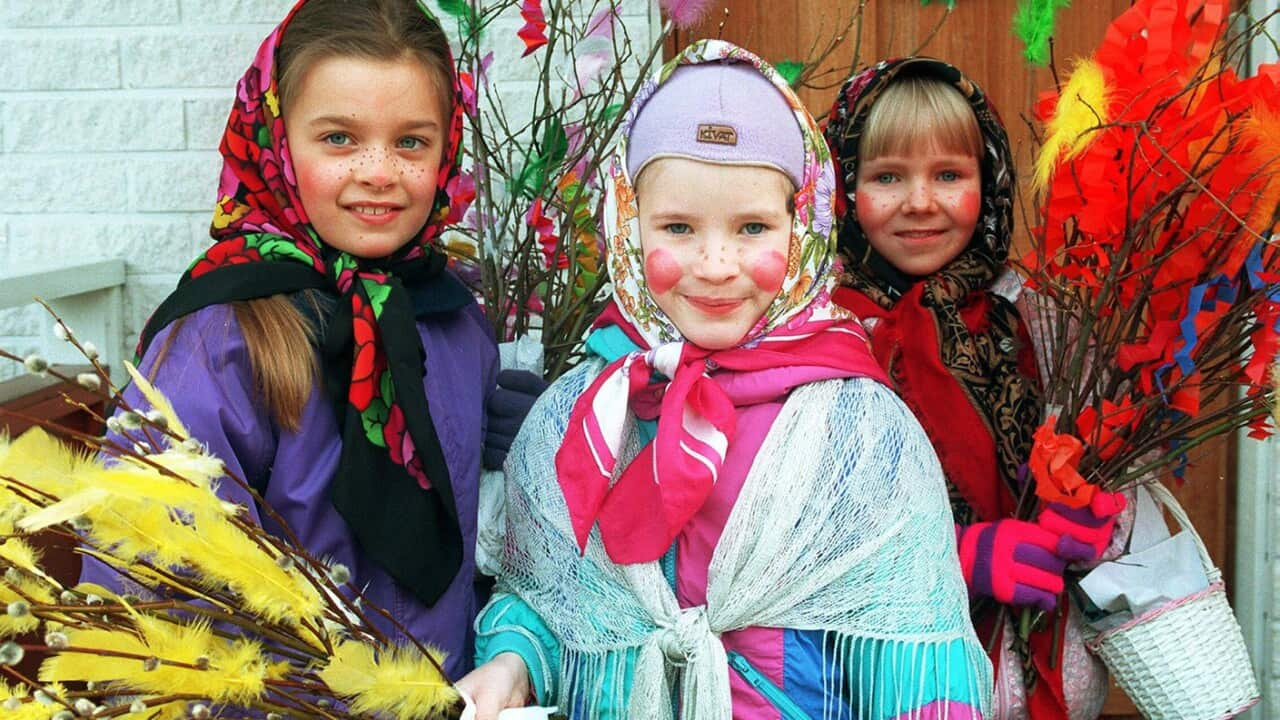It was Harmony Week recently and to celebrate cultural diversity, both my daughters were asked to share their family’s traditions and heritage with their class.
For many families this might not seem like such a challenge. In fact, most of my own friends would easily jot down a plethora of interesting and illuminating traditions that are intrinsic to who they are. I, however, thanks to , do not know my biological heritage or have any links to cultures that I may be a part of.
With these missing pieces, it means that these sorts of tasks about family and culture have always been more difficult for me. I’ve also longed to discover these bits of information so I too could have the feeling of belonging that comes with strong cultural traditions.
This year though, something changed as my daughters and I navigated their homework tasks. Instead of feeling that void, I began to reflect on my identity and my heritage - the parts that I do know.
And through this process, I have noticed that rather than inheriting one set of traditions that defines who we are as a family, we have adopted a mash of traditions from others along the way, often without even realising.
Personally, I have adopted traditions from friends, colleagues and communities that have been significant in my life. From my own husband, I have inherited his family rituals when we became partners, and as we moved into a family unit of our own; we’ve picked up more colourful habits from those around us.
Personally, I have adopted traditions from friends, colleagues and communities that have been significant in my life.
One of the first I recalled was a custom that my husband and I started with our own children for Mothers and Father’s Day. It was one I observed when I was a teenager, through a friend of mine who instead of gifting presents, would draw pictures in a book for his parents to keep. When I had my children, I remembered this and began doing it with them, creating a meaningful keepsake of for everyone.
As an atheist, Christmas is also steeped with traditions of our own making. I have memories of the meals my grandparents made when my mother was young. Instead of a roast, we had cold cuts and jellied vegetables and salads; dishes straight from the depression era where families would never waste a scrap of food and would preserve things for as long as possible.
Our Christmas stockings follow this same ideology. They are literally stockings — old pantyhose (washed and without holes) rather than store-bought ones. And they are always adorned with a handmade name tag for Santa, so he knows whose is whose. Making this has been a part of my Christmas tradition or years and it is now a part my children’s.
When my family amalgamated with my husband’s, some of his traditions became mine, too. This saw the introduction of fresh prawns at our Christmas table much to the enjoyment of my youngest who shares her father’s taste.
As we bought our house and became active in our local community, it meant trick or treating on Halloween, a celebration that is very popular where we live. This includes elaborate dress-ups, walking with friends and neighbours as we visit houses on a mission for sugary bounty.
At Easter, as non-religious people, we do an egg hunt around our property, with riddles and clues for each spot the Easter Bunny has hidden treats.
While some traditions have been passed down from friends, the joining of families or even developed on our own, some have also stemmed from my current workplace.
While some traditions have been passed down from friends, the joining of families or even developed on our own, some have also stemmed from my current workplace.
The all-girls school that I have been working at for more than five years are staunch advocates for women’s rights. This means International Women’s Day has become a very important day on the calendar for me and in my home that we take the time to talk about the issue together, as well as reading the children’s book series Little People, Big Dreams about activists like Emmeline Pankhurst and her dedicated work to secure women’s right to vote.
As I made my way through all of these traditions, reflecting on them as I went, I was both surprised and reassured that I am in fact grounded by a series of treasured rituals and customs — their origin stories are just a little bit different.
While looking from the outside in, none of what we do often fits seamlessly with the next, nor is it reflective of one culture, one heritage, or one set of traditions. But for us it fits perfectly for our family. It tells the story of who we are.




